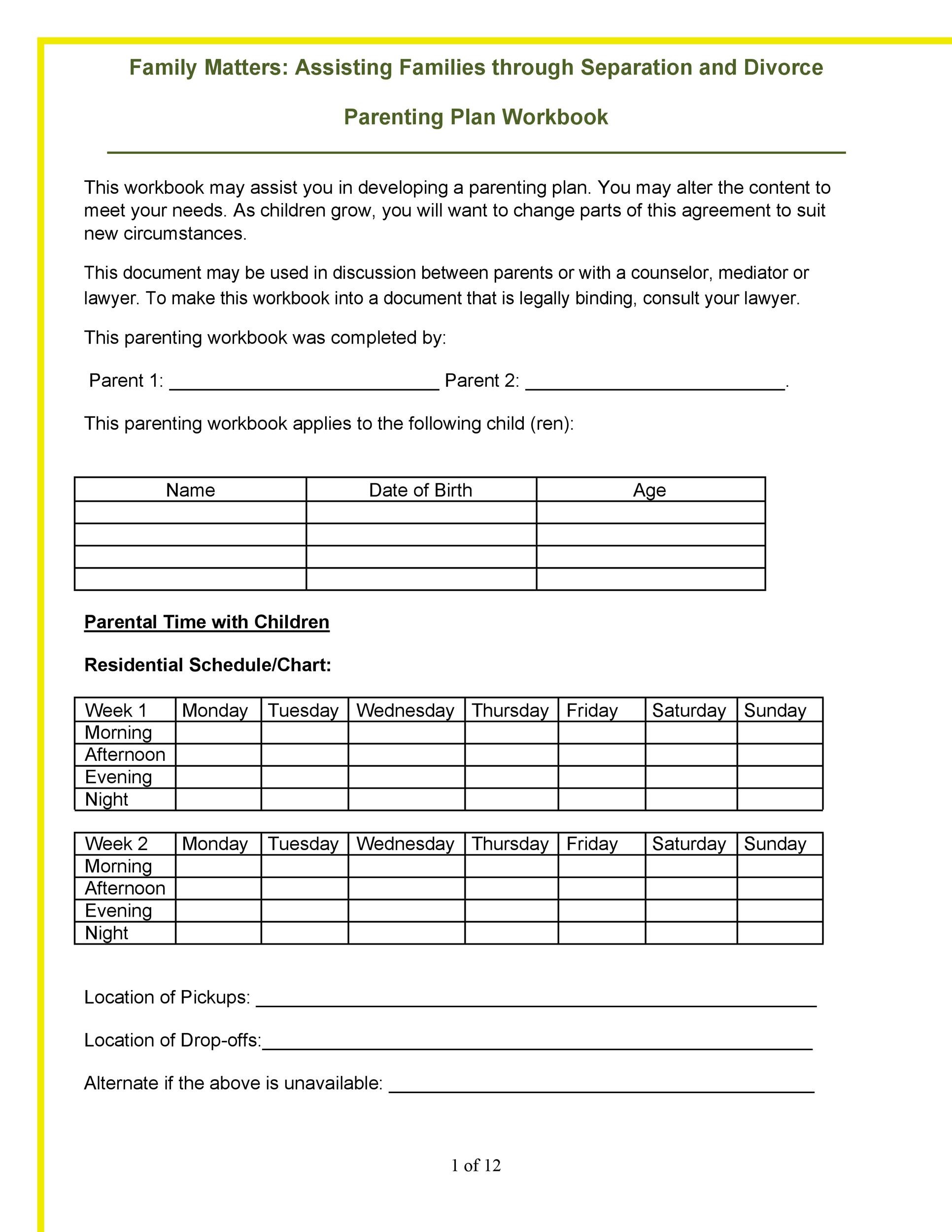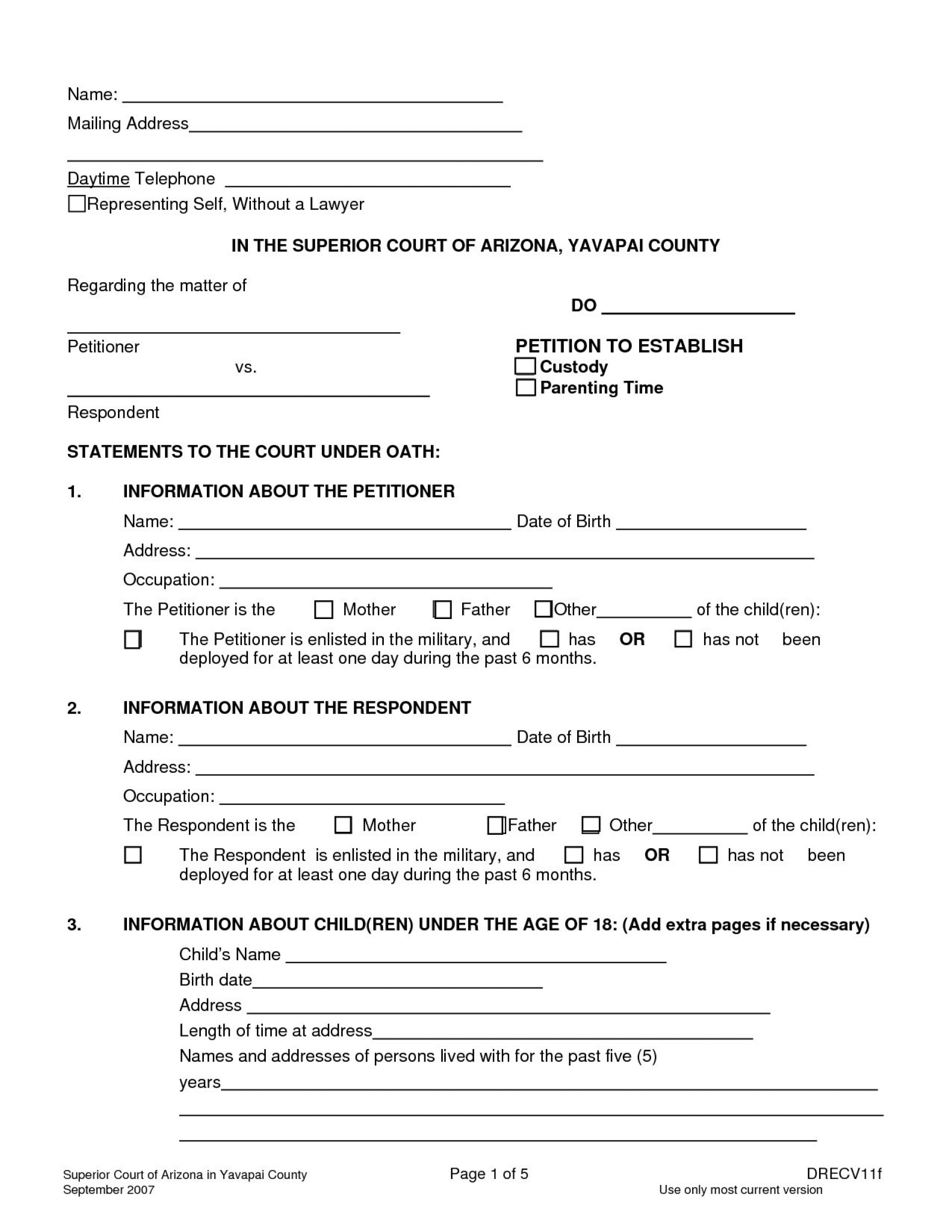When it comes to joint custody schedules, finding the best 50/50 schedule that works for both parents and the child is crucial. A well-designed custody schedule ensures that both parents have equal time with their child and promotes a sense of stability and routine.
Joint Custody Schedule Options
 There are several 50/50 custody schedule options to consider, each with its own benefits and drawbacks:
There are several 50/50 custody schedule options to consider, each with its own benefits and drawbacks:
- Alternating Weeks
 In this schedule, the child spends one week with one parent and the following week with the other parent. This allows for extended periods of uninterrupted time with each parent.
In this schedule, the child spends one week with one parent and the following week with the other parent. This allows for extended periods of uninterrupted time with each parent.
- 2-2-3 Schedule
 This schedule involves the child spending two days with one parent, two days with the other parent, and the remaining three days with the first parent. The schedule rotates every week.
This schedule involves the child spending two days with one parent, two days with the other parent, and the remaining three days with the first parent. The schedule rotates every week.
- 3-4-4-3 Schedule
 With this schedule, the child spends three days with one parent, four days with the other parent, and then switches to four days with the first parent and three days with the second parent. This rotation continues in a regular pattern.
With this schedule, the child spends three days with one parent, four days with the other parent, and then switches to four days with the first parent and three days with the second parent. This rotation continues in a regular pattern.
Creating a Child Custody Calendar
 One of the key tools in managing a joint custody arrangement is a child custody calendar. This calendar helps to keep track of the child’s schedule, including visitation days, pick-up and drop-off times, school events, and extracurricular activities.
One of the key tools in managing a joint custody arrangement is a child custody calendar. This calendar helps to keep track of the child’s schedule, including visitation days, pick-up and drop-off times, school events, and extracurricular activities.
Free Printable Parenting Plan Templates
 For parents who prefer a structured approach to creating a custody agreement, there are various free parenting plan templates available. These templates provide a framework for addressing important aspects of custody, such as decision-making, visitation schedules, and communication.
For parents who prefer a structured approach to creating a custody agreement, there are various free parenting plan templates available. These templates provide a framework for addressing important aspects of custody, such as decision-making, visitation schedules, and communication.
Benefits of Using a Custody Calendar Template
 Using a custody calendar template offers several benefits:
Using a custody calendar template offers several benefits:
- Organization: The template helps parents keep track of important dates and events, ensuring that neither parent misses any engagements or opportunities to spend time with the child.
- Co-Parenting Communication: By sharing the custody calendar template, both parents have access to the same information, minimizing miscommunications and allowing for more effective co-parenting.
Creating a Visitation Schedule
 In cases where one parent has visitation rights rather than joint custody, it is important to create a visitation schedule that allows for regular, consistent, and meaningful contact between the non-custodial parent and the child.
In cases where one parent has visitation rights rather than joint custody, it is important to create a visitation schedule that allows for regular, consistent, and meaningful contact between the non-custodial parent and the child.
Custody Calendar Template
 A custody calendar template provides a visual representation of the visitation schedule, making it easy for both parents and the child to understand and follow. It can be customized to include specific details, such as holidays, vacations, and special events.
A custody calendar template provides a visual representation of the visitation schedule, making it easy for both parents and the child to understand and follow. It can be customized to include specific details, such as holidays, vacations, and special events.
Conclusion
 Designing a joint custody schedule that works well for the child and both parents is essential for a successful co-parenting arrangement. Whether using a pre-designed template or creating a custom schedule, it is important to prioritize the child’s well-being and ensure a supportive and loving environment in both households.
Designing a joint custody schedule that works well for the child and both parents is essential for a successful co-parenting arrangement. Whether using a pre-designed template or creating a custom schedule, it is important to prioritize the child’s well-being and ensure a supportive and loving environment in both households.
A well-maintained custody calendar can help facilitate effective co-parenting and ensure that both parents are fully engaged in their child’s life. It provides structure, organization, and clear communication, which are essential elements for a successful joint custody arrangement.
Remember that each family’s situation is unique, and what works for one may not work for another. It is important to consider the child’s age, preferences, and any specific needs when designing a joint custody schedule. Consulting with legal professionals or mediators can also provide valuable guidance in creating a fair and workable custody arrangement.